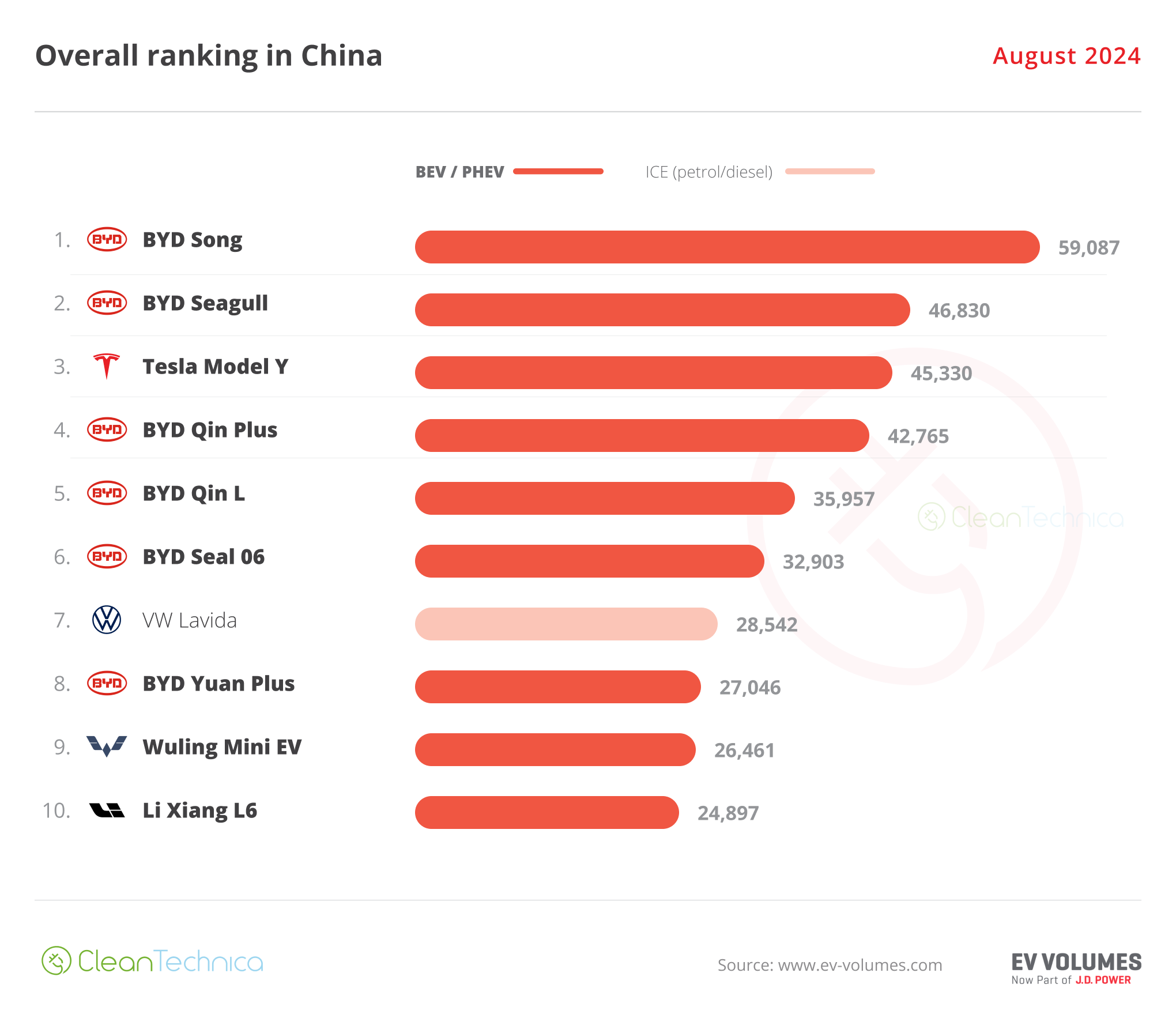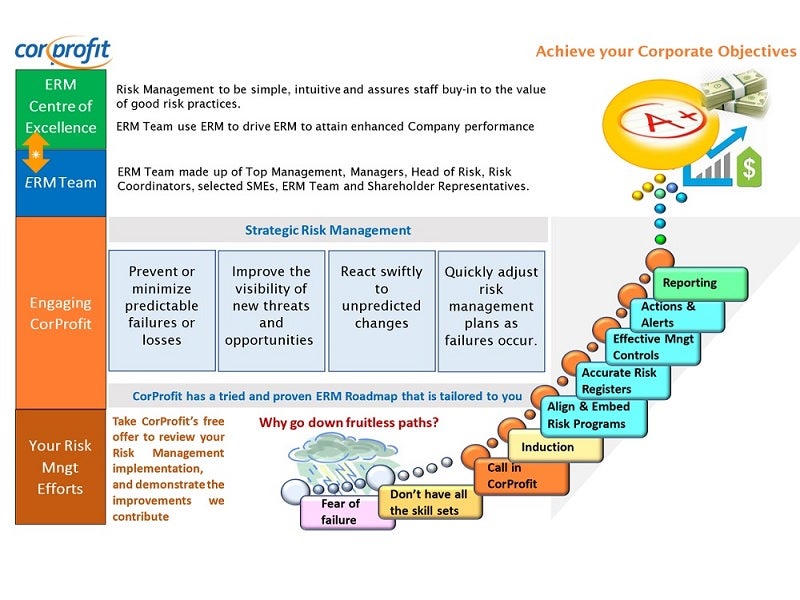Sign up for daily news updates from CleanTechnica on email. Or follow us on Google News!
When it comes to cleaning up transportation emissions, micromobility is often the neglected red-headed stepchild. Electric cars get a lot of attention because most people are used to owning and driving a car, and the infrastructure in their area is mostly geared around that. Transit also gets a lot of attention, because it’s another thing people are familiar with, plus many people trying to reduce emissions prefer a collective, government-run approach to solving society’s problems. Bikes are a distant third, and other things like electric scooters even get hate from people. In some places, the haters are so bad that they literally toss rental scooters into a nearby river, lake, or ocean.
But, a recent survey by Auto Trader UK indicates that the times are changing, but there’s some bad news to go with the good.
The Good News
Let’s start with some of the good things in the survey.
According to recent consumer research conducted by Auto Trader UK, British car owners are increasingly considering e-bikes as a practical option for shorter journeys, with almost half (47%) viewing them as a viable alternative. This finding coincides with the introduction of Auto Trader’s new e-bike platform.
When examining consumer preferences for e-bikes, it becomes evident that the primary allure lies in their ability to provide increased speed compared to traditional bicycles (52%) and potential cost savings. These savings extend beyond the mere purchase price, as e-bikes can help offset expenses related to fuel (59%), public transportation (44%), and parking (42%). By acknowledging these benefits, it’s clear that e-bikes hold a significant appeal for consumers.
While the majority of car owners in the UK don’t believe that e-bikes will completely replace all car journeys (90%), more than half (55%) of those who can envision using an electric bicycle see it as a viable alternative for shorter trips of 3–5 miles that they typically make by car. So, even people who don’t want to ditch the car can end up reducing their emissions and fuel use!
“E-bikes have a unique role to play in helping to reduce our transport emissions, whilst at the same time reducing congestion and improving air quality,” said Michelle Jakeway, Head of Strategic Marketing Partnerships at Raleigh. “The findings of this report, alongside the demand that we see from consumers, highlights strong appetite for e-bikes. In order to take the e-bike revolution to the next stage in the UK, we need to see an increase in safe and continuous cycling infrastructure, alongside financial support to help people make the shift.”
Auto Trader has just unveiled a specialized platform for e-bikes, giving UK consumers access to a vast selection of over 1,500 e-bikes from more than 50 different brands. This convenient platform aims to assist consumers in finding the perfect vehicle that suits their individual needs. You can learn more about that program here.
The Bad News
Sadly, the report’s findings were not all rainbows and butterflies.
“Consumers understand that by making more positive changes and using e-bikes where possible, can help reduce pollution on the roads and combat climate change,” said Ian Plummer, Commercial Director of Auto Trader UK. “Despite this, there are still several barriers to adoption which is slowing growth in the e-bike market so financial incentives, improvements in cycling infrastructure and greater promotion of the benefits of e-bikes to the wider population from both industry and government is vital to ensure Brits have the confidence to purchase and use an e-bike on the roads in the years to come.”
Like most surveys, the opportunities come with challenges.
E-bike sales in the UK reached £310 million in 2022, showing significant growth compared to £55 million in 2017. However, the pace of growth has begun to slow down. Currently, only 9% of UK consumers own an e-bike. Nonetheless, industry analysts predict a resurgence in the market by 2024 as more individuals familiarize themselves with and gain firsthand experience of e-bikes.
E-bike adoption has significant potential among commuters, yet the report reveals a low ownership rate. According to the survey, 76% of respondents have never purchased or considered using an e-bike. While the adoption rate among commuters has been sluggish, a notable 11% of them are planning to invest in an e-bike within the next six months. This amounts to a staggering 3,797,912 individuals actively contemplating the purchase of an e-bike.
However, the majority of commuters have expressed concerns regarding the ownership of e-bikes, with 87% identifying barriers that would hinder their purchase in the foreseeable future. When surveyed about micromobility, more than a third (35%) of consumers fail to see any correlation among the various forms of transportation, underscoring the necessity to establish a clear and easily understandable definition of micromobility for consumers. Moreover, awareness levels vary significantly based on geography and income, with urban dwellers and individuals in higher income brackets exhibiting a greater understanding of the available micromobility options.
Consumers still have significant concerns when it comes to owning an e-bike. The high upfront cost, road safety worries, limited usage, and lack of nearby bike lanes are among the top barriers to adoption, accounting for 50%, 46%, 37%, and 31% respectively.
Two Big Solutions
The biggest problem is something previous surveys I’ve seen also identified: safety concerns. When people don’t feel safe riding bikes (electric or not), they don’t ride them. In this survey, the percentage frightened for their safety on a bike is almost half. Lack of nearby bike lanes is also a big factor (31%).
The answer is both obvious and challenging. Safety can be improved, but bikes need their own safe space to operate. A stripe that drivers promise to never cross isn’t enough, when distracted driving is on the rise. Rules are only followed by good people who are also paying attention, and bad or inattentive people just don’t follow rules. We’ve got to to put more space and some sort of barrier between cars and bikes to get more people to ride.
The other thing that need to happen, in conjunction with improved infrastructure, is more education. I’d expect people to not understand what industry jargon like “micromobility” means, but it’s obvious that many people don’t understand their options and how they tie together for a personal low-carbon mobility strategy. If more people understood their options and how to make best use of them, adoption of the cleanest form of e-transportation could be a lot better.
Finally, keep in mind that these results are from the UK. It’s not scientific, but my personal hunch is that the US would poll a lot worse on all of these issues. So, there’s even more work to do on my side of the pond.
Featured image by Jennifer Sensiba.
Have a tip for CleanTechnica? Want to advertise? Want to suggest a guest for our CleanTech Talk podcast? Contact us here.
EV Obsession Daily!
I don’t like paywalls. You don’t like paywalls. Who likes paywalls? Here at CleanTechnica, we implemented a limited paywall for a while, but it always felt wrong — and it was always tough to decide what we should put behind there. In theory, your most exclusive and best content goes behind a paywall. But then fewer people read it!! So, we’ve decided to completely nix paywalls here at CleanTechnica. But…
Thank you!
Tesla Sales in 2023, 2024, and 2030
CleanTechnica uses affiliate links. See our policy here.




